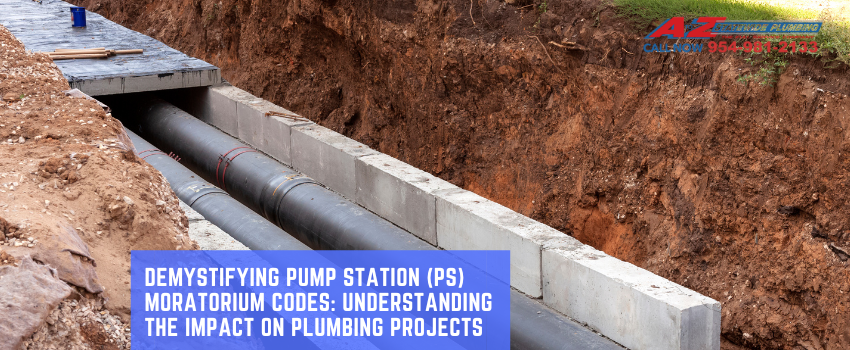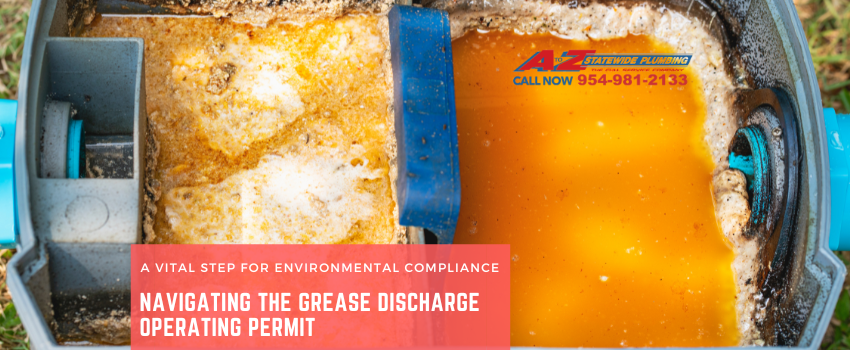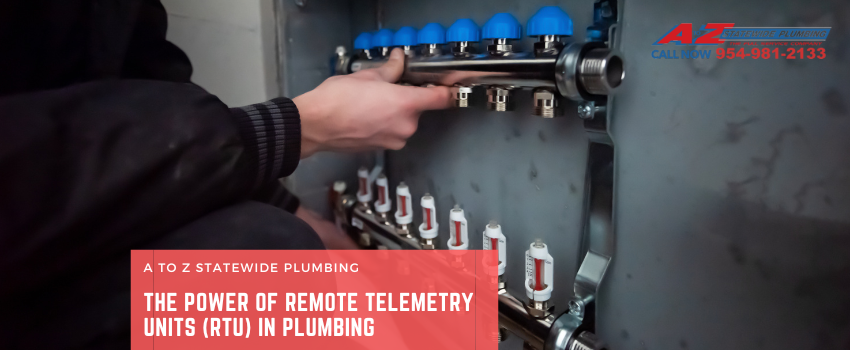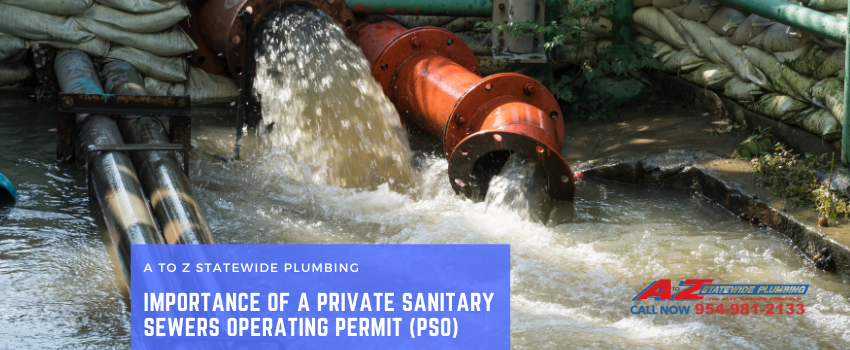Ottawa’s Guide to Water Backflow Preventers
Keeping our drinking water safe is a big job but very important. One way we do this is through devices called potable water backflow preventers. These devices help stop dirty water from flowing into our clean water supplies. It’s like making sure that the water in your home only flows one way and that way is always safe and clean.
In Ottawa, keeping our water clean and safe to drink is something we take very seriously. A backflow preventer stops harmful substances from entering city water pipes during a sudden change in water pressure. This protects everyone’s health, ensuring that only clean, drinkable water comes out of our taps.
Understanding how these devices work and why we need them can help us appreciate the clean water we drink every day. It’s interesting to learn about the different kinds of backflow preventers and how to take care of them, ensuring they work well and keep our water safe. We’ll explore more about these and why they’re so essential, so continue reading.
What Is a Potable Water Backflow Preventer?
A potable water backflow preventer is a special device we use in plumbing to make sure that our drinking water stays clean and safe. It’s designed to stop water from flowing backwards in the pipes. This backward flow can happen because of a sudden change in water pressure, and it might cause contamination if dirty water mixes with the clean water supply. Simply put, these devices are like one-way gates that only let water flow in the direction that it should—away from your clean water.
These devices are very important and are usually installed in places where the plumbing system connects to things like dishwashers, toilets, or garden hoses. They make sure that no dirty water from these sources gets back into the main water lines. We install them to protect the whole city’s water, keeping each drop as clean and safe as possible when it reaches your tap.
Why Backflow Prevention is Crucial for Ottawa’s Drinking Water
Keeping our water safe from contamination is essential, and backflow preventers play a big role in this. In Ottawa, where we value our health and safety, these devices are crucial. If a backflow preventer fails or isn’t there, contaminated water could travel backwards through the pipes because of changes in water pressure. This could happen due to common occurrences like a big water main break or even heavy water usage that drops the pressure in the system.
Here’s what could go wrong without effective backflow prevention:
- Contaminants Entering Drinking Water: Chemicals, bacteria, and other harmful substances from industrial areas or even our own homes could end up in the drinking water.
- Health Risks: This contamination can pose serious health risks, leading to waterborne diseases and illnesses.
- Economic Impact: Besides the health effects, there’s also the cost of cleaning up the water supply and fixing any damage from the contamination, which can be very expensive.
That’s why we, as a community in Ottawa, keep a close eye on these systems. Regular checks and maintenance on backflow preventers help us avoid these problems and ensure everyone has access to safe, clean drinking water. This isn’t just about following laws; it’s about protecting our community’s health and well-being.
Types of Backflow Preventers Used in Residential and Commercial Settings
In both our homes and businesses, having the right type of backflow preventer installed is crucial to maintaining clean water systems. There are several different types of backflow preventers that we might use, depending on the specific needs and risks involved in each setting.
The most common types include:
- Pressure Vacuum Breakers (PVBs): These are generally used in residential outdoor water systems, like sprinkler systems. They protect against backflow by creating a physical barrier when the pressure drops.
- Double Check Valves (DCVs): These devices have two check valves in series to provide a double layer of protection and are used for both residential and lower hazard commercial uses.
- Reduced Pressure Zone Devices (RPZs): These are used in more hazardous environments, like industrial settings, because they provide the highest level of protection against backflow and can handle toxins and contaminants entering the water system.
Choosing the right backflow preventer is crucial. Different environments and the specific hazards present determine which device we should install to keep our water systems safe.
How to Maintain Your Backflow Prevention Device
Maintaining a backflow prevention device is not only about ensuring functionality but also about safeguarding our health. Regular maintenance is essential, and here’s how we take care of these devices:
- Regular Testing: It’s important to have a professional test these devices at least once a year. This testing can find any problems like leaks or faults that might stop the device from working properly.
- Cleaning: Because dirt and debris can build up inside these devices, regular cleaning by a professional can prevent malfunctions.
- Repairs and Replacements: If an inspection uncovers any wear and tear or damage, repairing or replacing parts, or sometimes the whole device, might be necessary to guarantee continued protection.
Staying proactive with maintenance helps keep our drinking water safe and ensures that the backflow preventers last as long as possible.
Conclusion
Ensuring our city’s water supply is safe and uncontaminated is a responsibility we all share. Backflow preventers are an essential part of this process, protecting water purity not just in our homes but throughout the community. Recognizing the types of backflow preventers and understanding how to maintain them leads to more robust water safety practices and enhances community health overall.
We are committed to keeping Ottawa’s water safe. If you believe your backflow preventer needs inspection and maintenance, or if you have any questions about installing a new device, don’t hesitate to contact us at The Irish Plumber. Our team of Ottawa plumbers is here to help make sure your water supply is secure and clean, providing peace of mind and protecting public health. Remember, clean water is a key part of a healthy home and community, and we are just a call away to ensure yours is protected.








